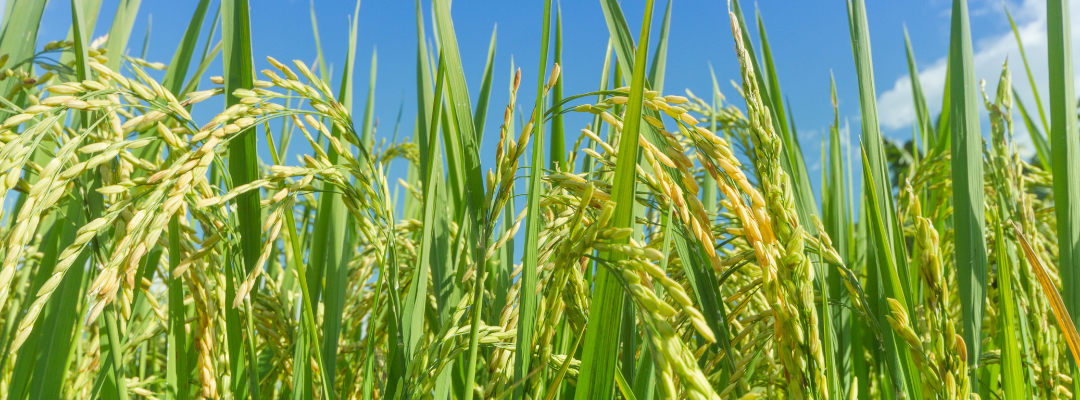On July 20th, 2023, the Government of India announced the prohibition of exports of white non-basmati rice (semi-milled or whole milled, whether or not polished or glazed: other; HS 10063090) effective immediately. This measure follows the implementation of a 20% export tariff on non-basmati white rice last September. Exports of basmati (aromatic) and parboiled rice are not affected.
The measure is expected to have a significant impact on the global rice market given that India is the largest exporter of rice. In the last two marketing years (2021/22 and 2022/23) India exported an average of 21.8 million metric tons or almost 40% of global rice exports. Figure 1 shows India’s rice export breakdown by category. The export ban affects 5.8 million metric tons or 27% of the rice exported by India, most of which is exported to Africa. The countries most directly affected by the measure are Madagascar, Benin, and Nepal because India’s white non-basmati rice is the bulk of their imports. At this point, it is safe to say no other single country (except maybe China?) could step up and supply that volume to balance the market.
Figure 1. Share of India’s rice exports in the last two marketing years by category.

The export restriction comes on top of rising global rice prices. According to FAO, since June 2022 the all rice price index and the Indica (long-grain) index, which corresponds to white non-basmati rice, increased 14% and 16%, respectively. Export quotes for India’s Indica rice increased sharply from U.S. $ 355/ton a year ago to U.S. $495/ton in mid-July (Creed Rice Market Report).
The export ban is expected to put upward pressure on rice prices, which can benefit the U.S. long-grain rice industry. Given current market conditions, U.S. long-grain rice is not competitive vis-à-vis Asian rice, the export ban could help reduce the price gap and increase the opportunities for U.S. rice. Nevertheless, the main challenge for the southern U.S. rice industry remains Mercosur, primarily Brazil.
Finally, it is important to acknowledge that the export ban could have severe food security implications, primarily among segments of the population that rely on rice as an affordable source of calories. This potential consequence of the measure is likely to catch the attention of the broader public in the coming months.
Durand-Morat, Alvaro. “Shaking the Global Rice Market: India Bans Exports of White Non-Basmati Rice.” Southern Ag Today 3(30.4). July 27, 2023. Permalink

